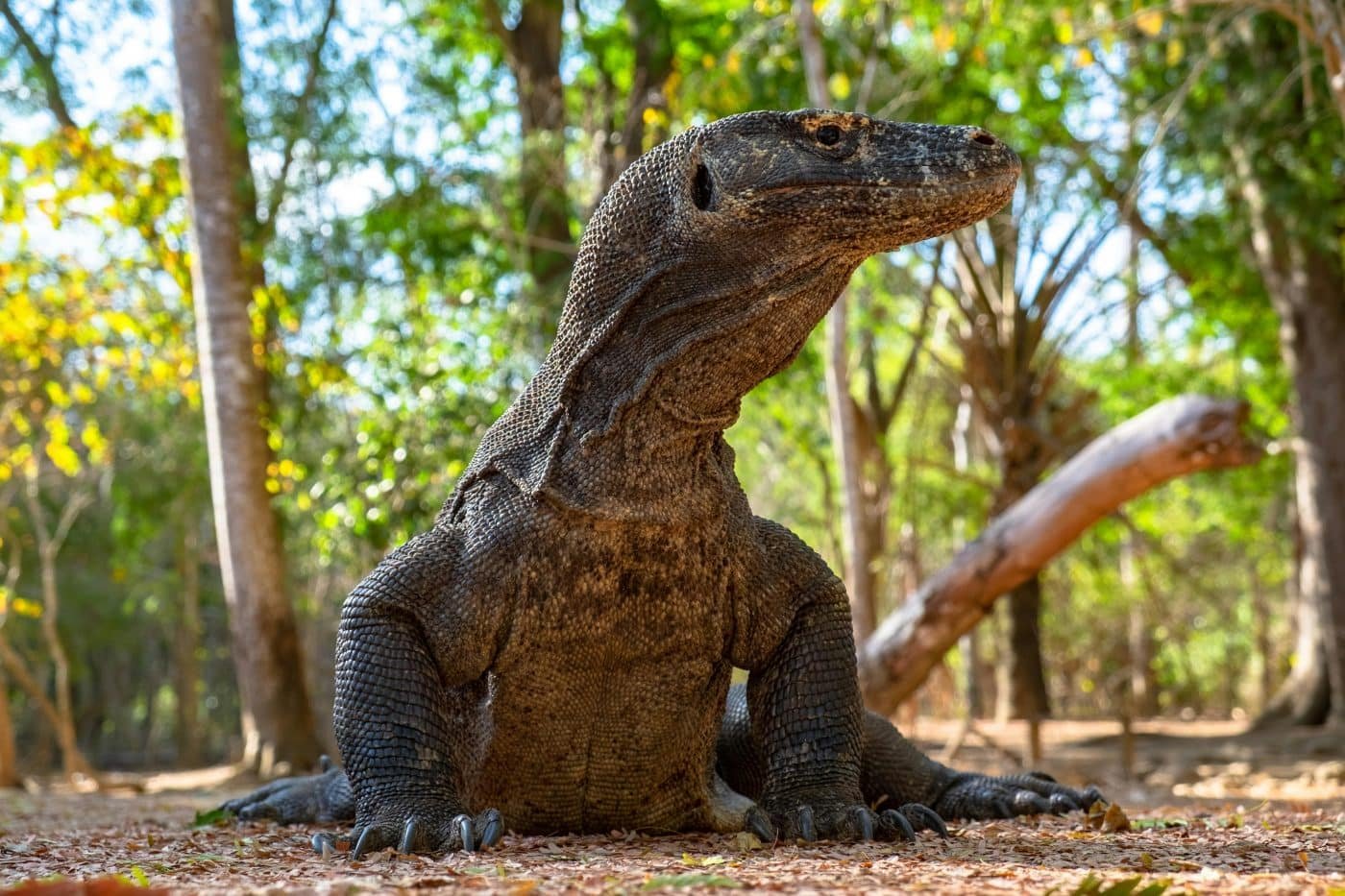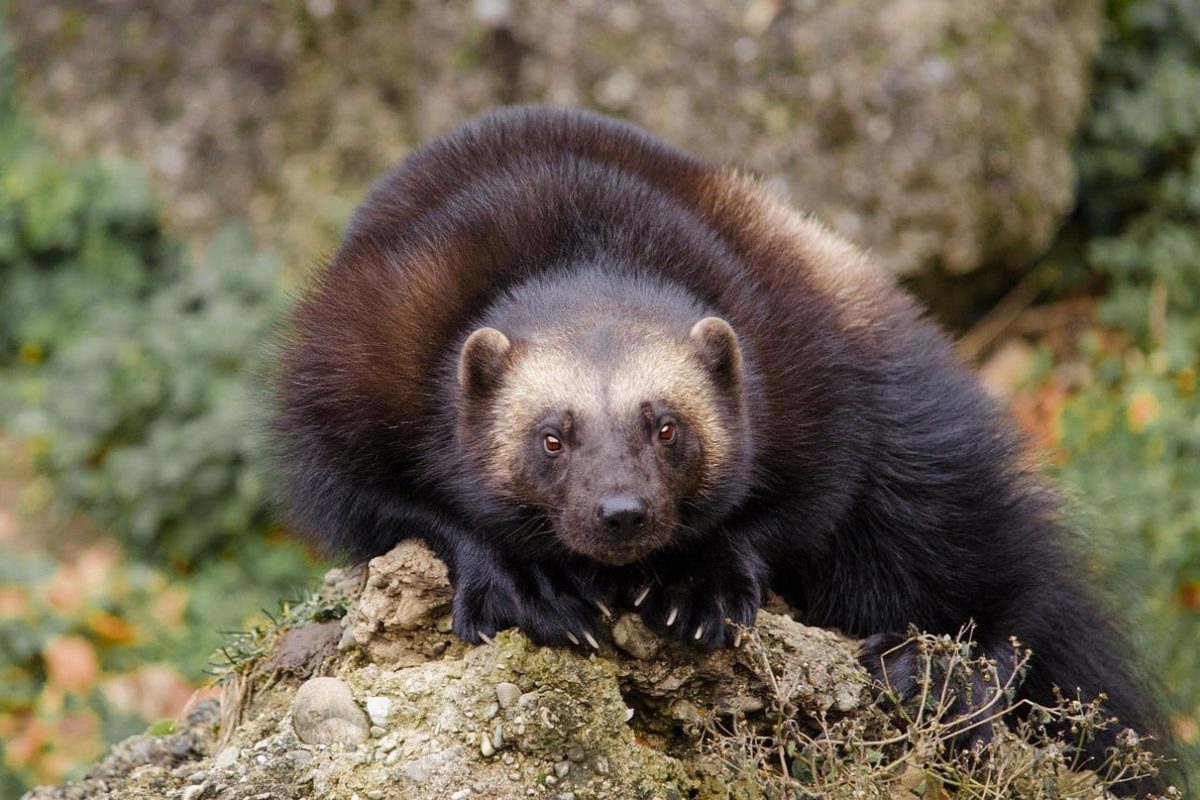Physical Address
304 North Cardinal St.
Dorchester Center, MA 02124
Physical Address
304 North Cardinal St.
Dorchester Center, MA 02124

 Shutterstock
Shutterstock
In the weaving, survival is everything and some animals have mastered it with incredible adaptation and raw energy. These creatures are not just stiff – they are built for “best mode”, rich in extreme environments that even test the most difficult among humans. Starting from the frost -tundra to the blossom desert, they developed extraordinary skills to dominate their habitat, to prevent predators and tolerate the strict situations that can throw nature on them. Their elasticity and skills make something the most attractive survival on their planet.
 Shutterstock
Shutterstock
Polar bears are the undisputed champion of the article. These huge predators are built to survive in one of the rigid environment on the planet, with the dense layers of dense, dense, dense, water-dense fur to keep them warm. Their huge paws help them cross the ice and serve as an effective equipment of haunting seals. Polar bears can swim for several hours in frosty water, it is proof of their patience and energy. Whether hunting on sea ice or swimming at a vast distance, these top hunters are the final symbol of elasticity in the artic desert.
 Shutterstock
Shutterstock
African elephants are the largest land animals and their perfect size is the first line of their defense. 13 feet tall and weighs 12,000 pounds, they are virtually endless. The elephants are decorated with strong stems, which they use to protect themselves against the hunters, from the planting to the hunters. Their dense skin and huge tasks increase their durability. Despite their size, the elephants can navigate extremely intelligent and complex social structures, making them strong monster, yet Savanna’s gentle monster.
 Shutterstock
Shutterstock
With large tools like Grizzley bear, Harpi AG Gol Rain Forest is the top hunter in the sky. This powerful bird presses on animals like slow and monkeys, using its infinite energy to take away from the treats. Its wings are built for carcottle, it allows the dense leaves to properly navigate. Harpi AG gall hole eyes and sharp chinu make it a relentless hunter. In the world of aerial predators, Harpi AG ruled the Supreme as a true power of nature.
 Shutterstock
Shutterstock
The Komodo Dragon is the world’s largest ticking and their perfect presence in honor of respect. Found in the Indonesian Islands, these reptiles can grow up to 10 feet long and weigh more than 150 pounds. They have a cocktail of bacteria and poison in the saliva that weaken their victim, even making a small bite potentially deadly. The Komodo Dragons are capable of down a large animal such as skilled hunters, deer or water buffalo. Their incredible energy, sharp nails and fatal bite make their nature living tank.
 Shutterstock
Shutterstock
Peregrin Falcon is the fastest animal in the world, it is capable of reaching the hunting stoop (dive) at a speed of 240 miles per hour. This bird’s bird is built for motion, including flowing bodies and strong wings that allows it to exceed the fastest target. Its sharp tole and interested sight makes it an exceptional hunter, it is capable of catching its victim’s mid-flight. The incredible speed and accuracy of Peregrin Falcon is cement as one of the most skilled hunters in nature.
 Shutterstock
Shutterstock
Salt water crocodiles are the world’s largest reptiles, 23 feet long and weighs one ton. These top hunters are stealth’s masters, lying in the water before the explosive attack on vain hunting. Their jaws can create lots of pressure, ease is enough to crush the bones. Crocodiles of saline water can bring down large animals like buffalo, making them as one of the most serious predators in their habitat. Their patience, strength and accuracy make them the real beast mode icon.
 Shutterstock
Shutterstock
Australia and Papua New Guinea’s Rain Forest local casquarters are large, flying birds and a dangerous side and a dangerous side. Known for nails like their snatching, Cassowers are strong, slashing kicks can provide enough to be strong enough to injure or kill hunters. With their lively blue neck and prehistoric crests, these birds look like they are included in the era of dinosaurs. Despite their beauty, the cassowers are extremely regional and should not be rolling with them, making them as a perfect figure of beast mode.
 Shutterstock
Shutterstock
The local Saiga Antolop of the Central Asian grasslands looks like an alien with its distinct bulb nose, but this feature is the key to its survival. The abnormal nose acts as a natural air filter, its dry habitat warm the air and cleanses. Saigas is also incredibly elastic, able to withstand extreme temperatures in some of the strict natural scenes of the world. The skills of achieving their success in the challenging environment turn them into the most attractive and tough creature.
 Shutterstock
Shutterstock
Olverines may be smaller than other predators, but they are deadly fighters capable of down the victim. Available in cold, remote areas, these carnivals are built for snow, with thick fur and hard legs that allows them to cross solid regions. Oloverine has a continuous attitude and will fight against wolves and bears to protect their food. Their brutality and determination of the view make them one of the most difficult animals of the wild.
 Shutterstock
Shutterstock
Snow cheetah, often known as the “ghost of the mountains”, is fully adapted to achieve success in a rigid, high-high environment. Found in the Himalayas and other mountain ranges, their thick fur, strong legs and long tail help them easily navigate their steep, rocky terrain. Their stealth and agility allowed the victim to attack their ibex or mountain goats. In order to survive in such an angry environment, while maintaining stamina, their skills to mix their skills in their snowy environment highlight their livestock skills.
 Shutterstock
Shutterstock
Tasmanian Devils are known for their violent bite and loud, unstable screen. These carnivorous marsupials have strong jaws capable of grinding bones, allowing each part of their victim to devour. They scavenzer by nature, feed on the body and do not leave anything behind. Found in Tasmania, these animals are highly adapted and can achieve success in the challenging environment. Tasmanian devils, with their fisty mood and incredible force, are young but strong hunters.
 Shutterstock
Shutterstock
The giant Antitar is built for very specific beast mode – identifying the insect colony. These strange face mammals found in Central and South America use their sharp nails to tear up open antilles and terms of terms. Their long, adhesive tongues can extend more than two feet, which allow them to produce several thousand insects within minutes. Giant Antitors can resist hunters like jaguars with surprisingly strong and powerful nails. Their unique adaptation turns them into an attractive and powerful force of animals.
 Shutterstock
Shutterstock
Tuck Ag Gol, with its sharp tole and strong chanchu, an iconic hunter in North America. Known for incredible sight, it can see the victim from miles away, come down with relative accuracy. Up to 7.5 feet, with a wingspan, the AG AG is made for both the speed and energy, it is made as a strong hunter in the sky. The ability to snatch fish directly from water for food cement as the beast-mode champion of the bird world or the ability to fight against the contestants.
 Shutterstock
Shutterstock
Killer whale or orcus is the undisputed top hunter of the sea. These marine mammals hunt in integrated pods, using sophisticated communication and teamwork to reduce the victim from fish to great white sharks. Their speed, strength and intelligence make them deadly hunters. Even the orcus has been shown to catch themselves deliberately to catch the seals by showing their adaptability. Since there is no natural predator, the killer whale dominates them under the water.
 Shutterstock
Shutterstock
Armadilo is an animal that brings a unique type of beast mode in the animal state. Known for her stiff, armor-like shells, Armadilo can be crushed on a nearby-naked ball during threat, making it almost inaccessible to the hunters. Available in America, this small tank is excavated with extraordinary speed and accuracy, using its strong nails so that it can avoid the grass for danger or food. The ability to protect himself and achieve success in different environments turns Armadilo to a true survival.
 Shutterstock
Shutterstock
Nature’s wildlife animals show a proof of survival, incredible adaptations that allows them to dominate their environment. From the speed of thunderstorm to the felony of the saline water, these animals remind us that survival often comes down to a mixture of energy, intelligence and adaptability. Whether it is torn through an elephant tree or the honey badger in the lion, each animal proves that the best mode is not just about energy – it is about to enrich all adversities in extreme situations.